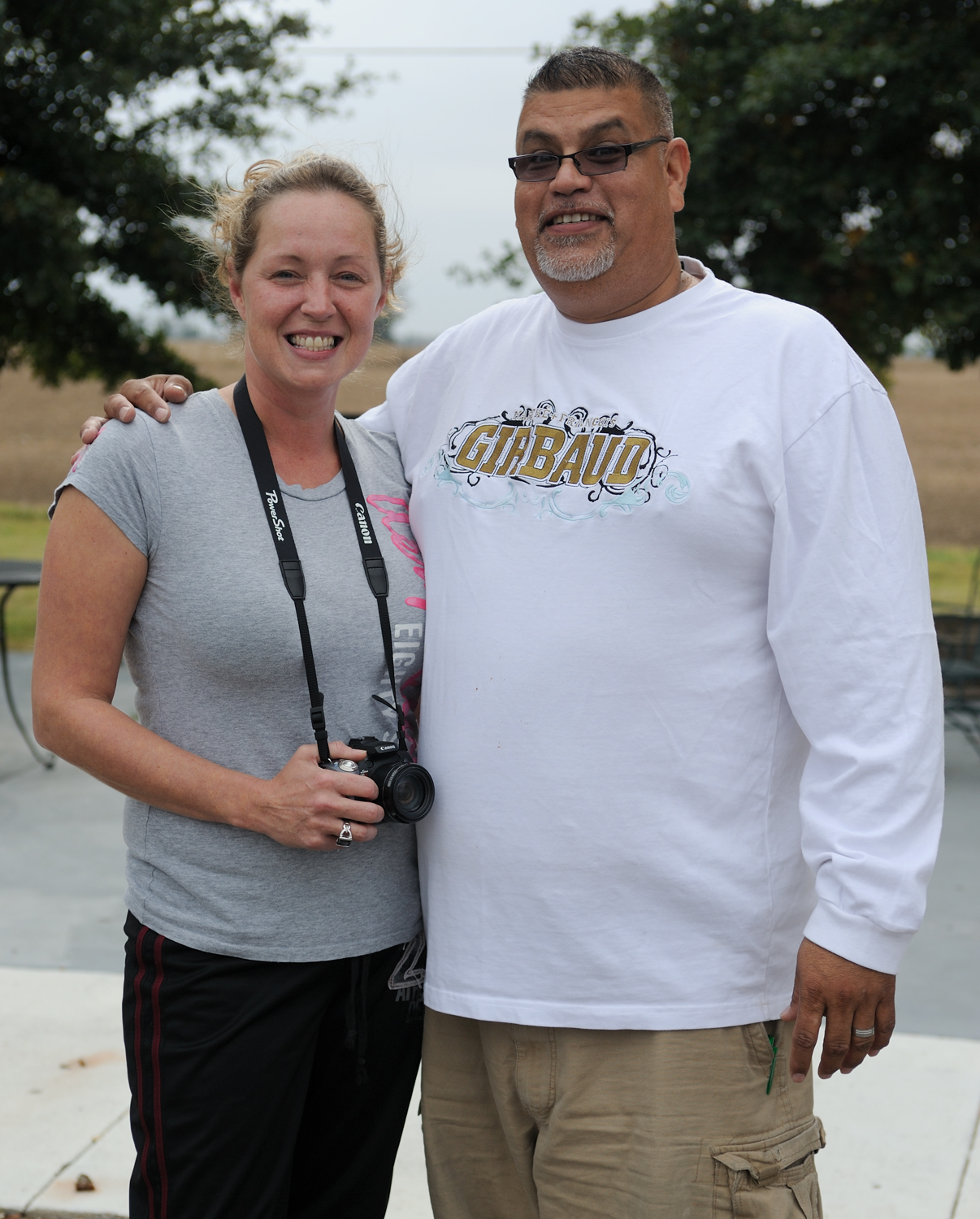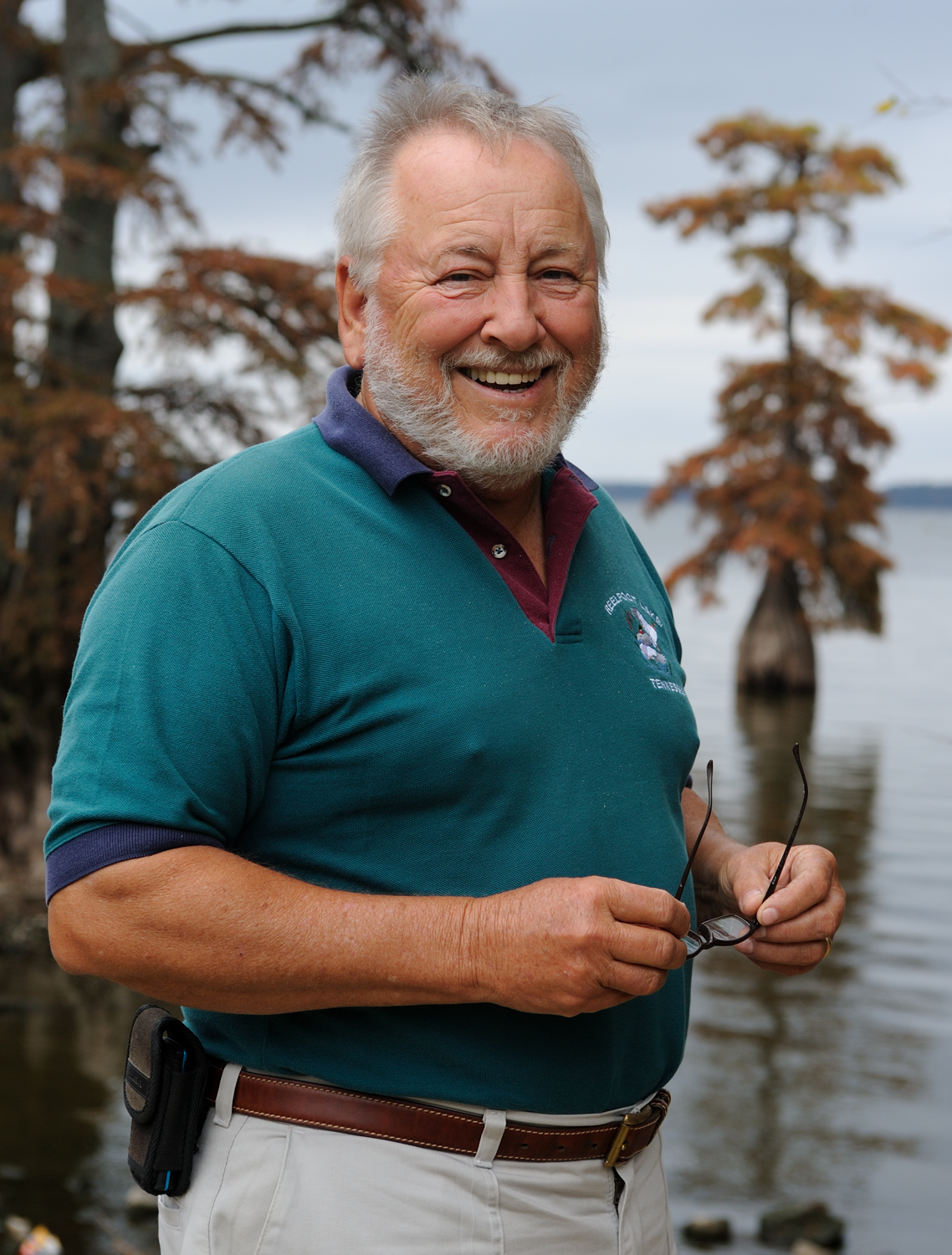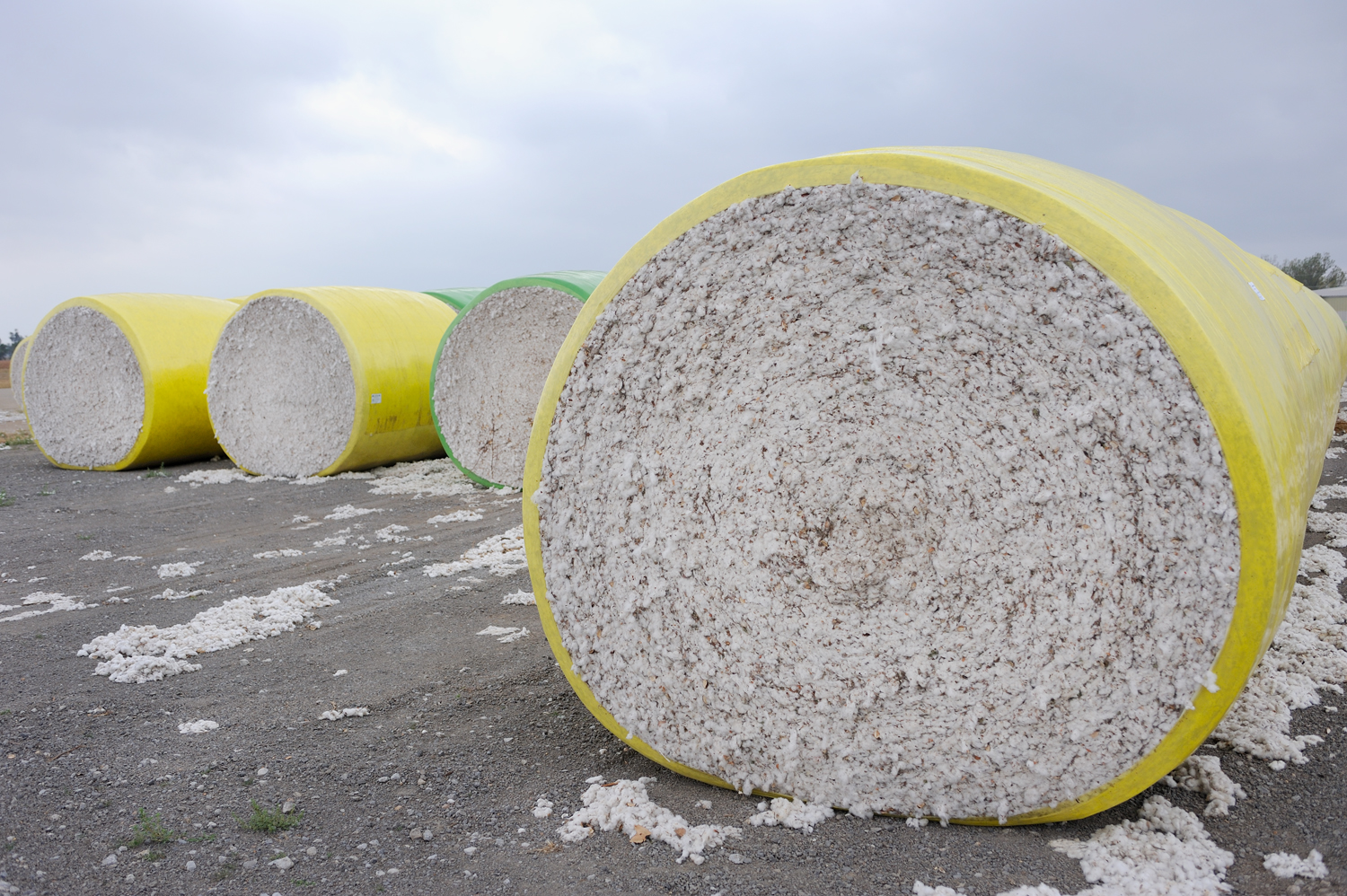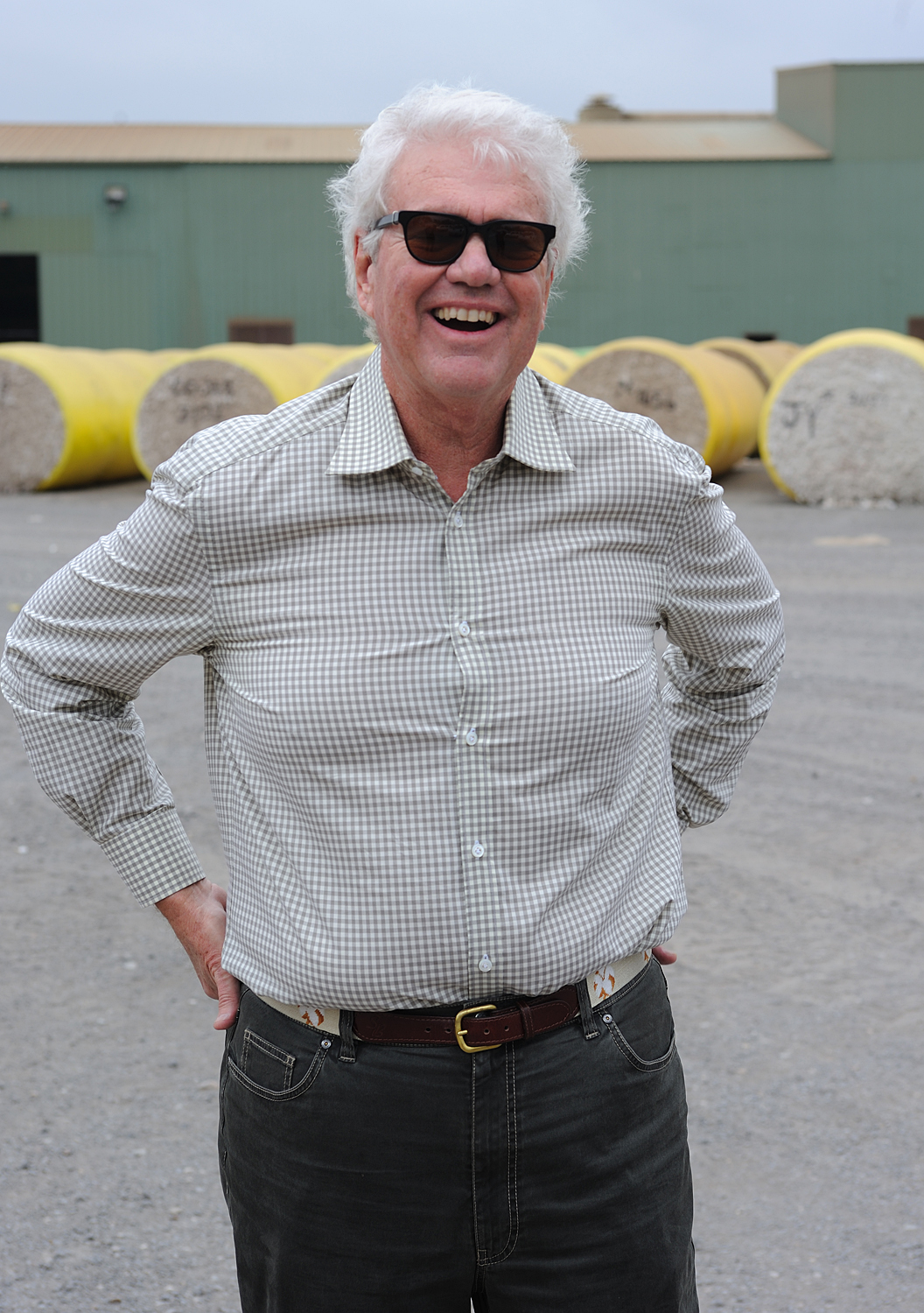The Mississippi River has nurtured and supported a diversity of cultures and lifestyles that is astounding. I am just over 50 miles from the sweet, Southern social life of Charleston, MO and only 88 miles from the sturdy, tidy homes of the German-settled Cape Girardeau. But, it feels much farther. I’ve crossed back to the eastern side of the Mississippi to the Reelfoot Lake area of northwestern Tennessee and it’s a culture unlike anything I’ve yet experienced on this amazing journey. The accent has shifted to a much stronger twang that requires me to listen closely and sometimes ask to have things repeated or even spelled. I tried three cafes before I found one that wasn’t smoke filled, and each time I walked in heads turned, conversations stopped and it seemed to be a room full of “you ain’t from here” stares. There was an all-you-can-eat buffet of almost solid brown – nearly every item there was deep fried something or other.
I saved the menu from the restaurant I visited for breakfast, because it was printed on newsprint and because I have never seen one like it. The choices included: Frog Legs and Eggs, Bologna and Eggs, Quail and Eggs, Pork Chop, Rib Eye or Tenderloin and Eggs and Country Ham. No matter what you order, it comes with a bowl of white gravy. Since my order was a veggie omelet (not on the menu, but they fixed it) and wheat toast, it wasn’t clear to me what one would do with the gravy. While pumping my gas, a loud speaker informed me I should march right in and tell the clerk I wanted to try this particular brand of snuff because I could use it even in places where smoking is banned! I’m honestly not poking fun, just sharing my experiences. It’s a very different culture. I’m thankful for the nature of this journey, because as I said in the previous post, it requires me to look deeper than my surface impressions.
Before the New Madrid earthquake of 1811-12, this area was a vast Cypress swamp with low ridges of hardwood forest. When the land heaved upward and sank down again, it left a depression to be filled with rainwater, creating Reelfoot Lake. The shallow 18,000 acre lake is still rimmed with grand old Cypress trees, some more than 500 years old, poking their sculpted, knobby “knees” above the surface. Although fish, birds and wildlife are far less abundant than a generation ago, it is still a hunter’s and fisherman’s Mecca. I had been warned to watch where I put my feet, because it’s “real snaky” territory and that if I went out on the water I would certainly see Cottonmouth. In fact, at the Visitor’s Center, I picked up a list of 30 species of snakes that are found in the area. It’s also a popular layover for migrating birds and has its own population of Bald Eagles.
Ruben and Tina Rodriquez had invited me to stay at the Reelfoot Lake Inn, just across the road from Reelfoot State Park, and welcomed me warmly. Due to the drought this region has experienced, the lake is at the lowest level anyone has seen in 25 years and is dotted with the exposed tops of trees that were submerged after the earthquake. Ruben told me he was amazed to see how thickly forested the land had once been.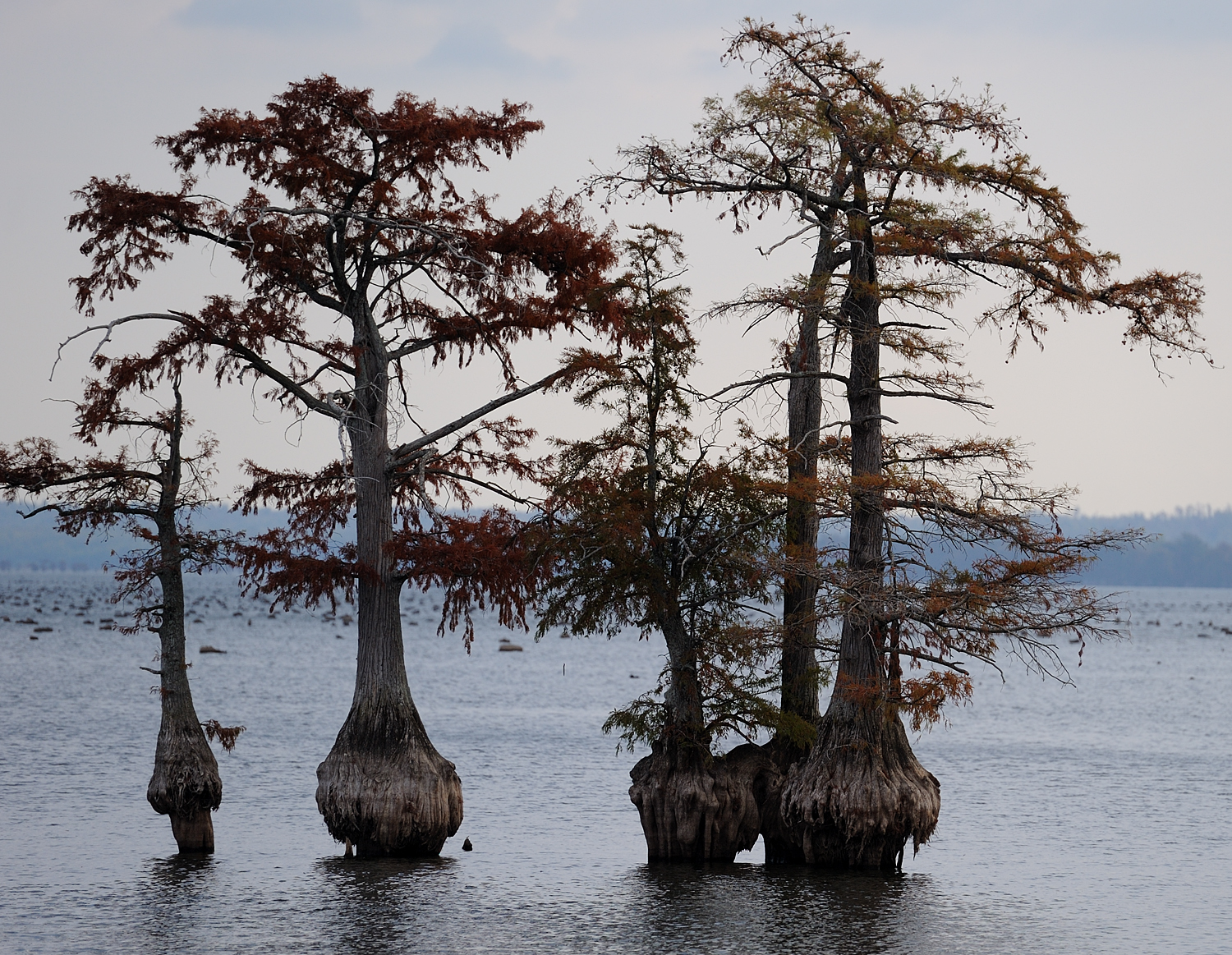
In the early 1900s, the wild and lawless Reelfoot region was taken over by “the Night Riders” a vigilante group who dealt their own justice to anyone infringing on their fishing territory. The Night Riders are gone, but it didn’t take long for it to be made clear to me that there is still strife and strong disagreement over land and water management. The issues are far too complex for a passer-by to thoroughly grasp, but I had been given the name of a man who has been “in the thick of it” for many years, and I was curious to meet with him. Jim Johnson grew up beside Reelfoot Lake, as did his father and his grandfather. It was their home and their sustenance; they fished, hunted, trapped, gathered and guided. The land and water seemed endlessly abundant. Jim became a biologist and worked for many years with the Tennessee Wildlife Resources Agency and eventually moved to Washington DC to work with the National Wildlife Federation. In time, life brought him full circle, back to Reelfoot Lake; but, it was not the healthy, abundant lake he knew as a boy. He felt it was his responsibility to figure out what was happening to his home.
I asked Jim for the “kindergarten version” and he gave it beautifully. Basically it is the same answer we hear for every environmental problem on earth. Nature was perfect and we messed with it. The river used to come and go from Reelfoot Lake, bringing it fresh oxygen and periodically allowing it to get low enough that organic matter on the bottom would be recycled into the natural system. A levee now separates the lake from its nurturing “parent” and that natural give and take is hindered.
Jim has worked tirelessly for 30 years proposing solutions that mimic nature and working to convince locals and authorities to implement them. There have been some successes, but its tough going. I admire his perseverance and dedication. “It’s hard to get people to listen”, he said, “and hard to get them to look at the big picture. Greed often gets in the way.”
The problems are complex, created over many years – and the solutions cost money. I can’t say I understand it all, but I do know people. Jim Johnson is a good man who cares deeply about the natural world. Reelfoot Lake is blessed to have someone who has both the scientific knowledge and the natural wisdom that comes from his long and deep connection with this land. I hope they will listen.
Jim wrote a book, “Rivers Under Siege” published by the University of Tennessee Press, about the result of human intervention on the wetlands of West Tennessee. He gave me a copy as I left and later, when I read this inscription inside, I was deeply moved; “To Gayle Harper, who knows the heart of the Mississippi”. People like Jim Johnson and so many others I have met are the heart of the Mississippi. It is only because they are willing to share themselves with me that I am able to learn anything at all about this great river of ours and the way it flows through all of our hearts. Thank you.
